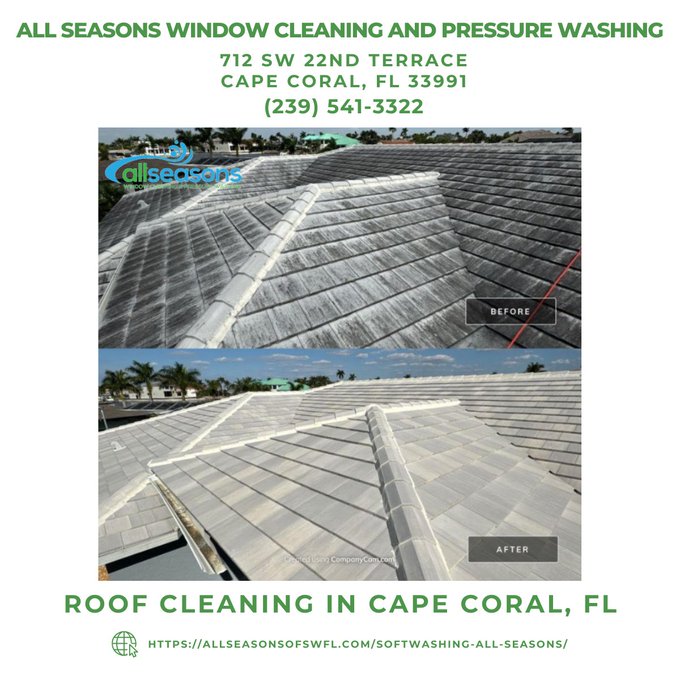Introduction
When it comes to roofing projects, whether you're repairing a few shingles or undertaking a complete roof replacement, safety can never be compromised. Roofing work is inherently risky, and without the proper precautions, you might find yourself facing severe injuries or even worse. This article delves into the essential safety gear every DIY roofer should have in their arsenal. By equipping yourself with the right protective equipment, you'll not only enhance your safety but also increase your overall efficiency on the job.
Safety Gear Every DIY Roofer Should Have in Their Arsenal
Before we get into specifics, let’s clarify what makes safety gear so crucial for any DIY roofing project. First and foremost, roofing often involves heights, unstable surfaces, sharp tools, and exposure to various weather conditions. Proper safety gear mitigates these risks significantly.
1. Hard Hats: Protecting Your Head from Falling Objects
Hard hats are a non-negotiable piece of equipment when working on a roof. They protect against falling debris—a common hazard that can lead to serious head injuries.
- Material Matters: Look for hard hats made from high-density polyethylene (HDPE) which provides excellent impact protection. Fit is Key: Ensure the hard hat fits snugly without being too tight.
2. Safety Glasses: Shielding Your Eyes from Debris
Your eyes are invaluable; protecting them while working on your roof is essential.
- Choose Impact-Resistant Lenses: These provide better protection against flying particles. UV Protection: Some safety glasses also offer UV protection if you’re working in direct sunlight.
3. Non-Slip Footwear: Staying Grounded on Slippery Surfaces
Proper footwear is crucial for maintaining balance and preventing slips.
- Go for Steel-Toe Boots: These offer not just grip but also foot protection against heavy objects. Rubber Soles: A good pair of rubber-soled boots helps you maintain traction on wet surfaces.
4. Harness and Lanyard: Secure Yourself to the Roof
A harness is one of the best ways to ensure that if you slip or fall, you won't hit the ground hard.
- Choose Full-Body Harnesses: These distribute weight evenly across your body. Check the Lanyard Length: Make sure it's long enough to give you mobility but short enough to prevent a dangerous fall.
5. Gloves: Protecting Your Hands from Cuts and Abrasions
Your hands are at risk from sharp tools and materials; gloves help mitigate this risk.
- Opt for Cut-resistant Gloves: These can withstand sharp edges while still allowing dexterity. Waterproof Options: If you’re working with wet materials, waterproof gloves are a must-have.
6. Knee Pads: Comfort While Kneeling for Long Periods
Kneeling on hard surfaces can be uncomfortable and damaging over time.
- Padded Knee Protection: Look for knee pads with extra cushioning. Elastic Straps: Ensure they fit comfortably without slipping off during work.
7. Respirators or Masks: Protecting Your Lungs from Dust and Chemicals
Roof cleaning often involves chemicals that can be harmful when inhaled, making masks an essential part of your safety gear.
- Use N95 Respirators: These filter out 95% of airborne particles. Consider Chemical-Specific Masks: If using strong cleaning agents, opt for masks rated for chemical exposure.
8. Fall Protection Systems: Additional Measures Against Falls
While harnesses are vital, additional fall protection systems can further enhance your safety.
- Guardrails: Install guardrails around edges where possible. Safety Nets: In some cases, installing nets below your work area can catch falls more safely than harnesses alone.
9. First Aid Kit: Be Prepared for Minor Injuries
Accidents happen; having a first aid kit nearby ensures you're prepared for minor injuries that may occur while working on your roof.
- Include band-aids, antiseptic wipes, gauze pads, and adhesive tape.
10. Tool Belts: Keeping Tools Within Reach
A tool belt allows easy access to necessary tools without requiring you to climb down repeatedly.
- Opt for belts made from durable materials that can handle the weight of multiple tools.
11. Reflective Vests: Visibility in Low Light Conditions
If you're working early in the morning or later in the evening when visibility is low, wearing a reflective vest is Roof Cleaning key to being seen by others—especially motorists if you're near roads.
12. Weather-Proof Clothing: Adapting to Changing Conditions
Weather changes rapidly; wearing appropriate clothing protects against rain or extreme sun exposure:
- Choose breathable fabrics in summer months and insulated options during winter.
FAQs
1. What should I wear while roofing?
You should wear sturdy footwear with good grip, protective gloves, a hard hat, goggles or safety glasses, and weather-resistant clothing depending on conditions.
2. Can I use regular shoes instead of work boots?
Regular shoes do not provide adequate support or traction needed when roofing; steel-toe work boots are recommended for safety reasons.
3. Are there any specific tools I need besides my safety gear?
Yes! Essential tools include nail guns, hammers, ladders (that Helpful hints meet safety regulations), chalk lines, and utility knives among others.
4. How do I properly use a harness?
First ensure it fits correctly—adjust all straps according to manufacturer instructions—and then attach it securely to an anchor point before beginning work at height.
5. Is there any training required before starting roofing projects?
While formal training isn't mandatory for DIYers; understanding basic roofing principles along with using equipment safely is highly advisable—many local hardware stores offer workshops!
6. What should I do if I experience heat exhaustion while roofing?
Move indoors immediately—hydrate with water or electrolyte drinks—and rest until symptoms subside; seek medical attention if necessary!
Conclusion
In conclusion, investing in high-quality safety gear is essential for any DIY roofer looking to undertake projects confidently and safely. From protective helmets to non-slip footwear and everything in between—the right equipment ensures that you minimize risks associated with rooftop work effectively! So before climbing up onto that roof again take stock of what’s missing from your arsenal because Safety Gear Every DIY Roofer Should Have in Their Arsenal is not just about compliance—it’s about protecting yourself so you can enjoy many successful home improvement projects ahead!
